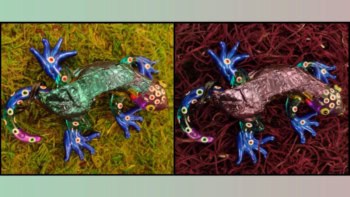Single photons are very useful for physicists. When generated in a controlled fashion, they can be used for studying quantum physics and for transmitting and processing information. In this 100 Second Science film, Peter Mosley explains how these individual particles of light can be produced in a systemic way using a process known as parametric down conversion. Mosely, an optics researcher at the University of Bath in the UK, describes this process in an accessible way using just a whiteboard.
To find out more about the latest light-related research, take a look at the Physics World Focus on Optics & Photonics. This free-to-read issue includes a special feature about the vital role that optics and photonics play in the UK’s new £270m Quantum Technologies Programme.
- With 2015 being the International Year of Light (IYL 2015) we have also produced a special edition of Physics World devoted to light and its varied applications in our lives. If you’re a member of the Institute of Physics (IOP), you can get immediate access to the special issue about light in our lives with the digital edition of the magazine on your desktop via MyIOP.org or on any iOS or Android smartphone or tablet via the Physics World app, available from the App Store and Google Play. If you’re not yet in the IOP, you can join as an IOPimember for just £15, €20 or $25 a year to get full digital access to Physics World.



